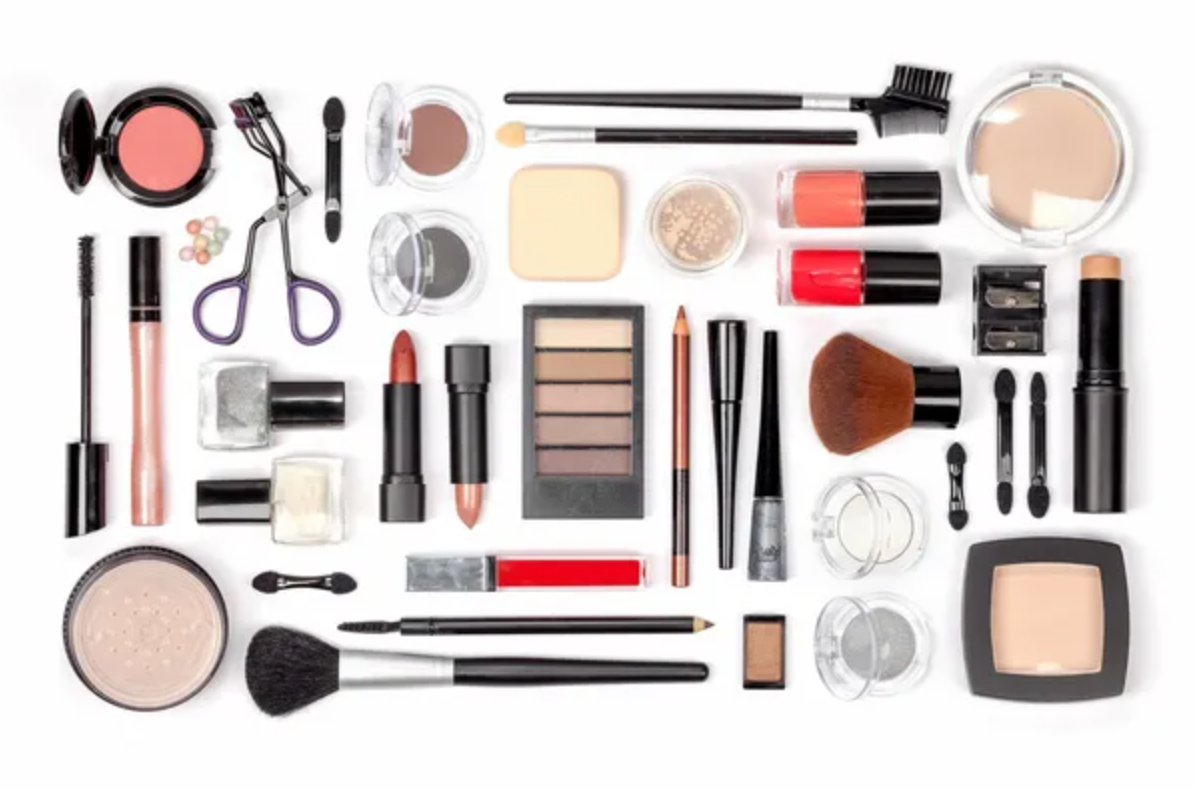
What is a Wheat Allergy?
What Is a Wheat Allergy?
Wheat allergy is an allergic reaction to eating foods containing wheat, and in some cases, inhaling wheat flour.
Wheat Allergy Symptoms
If you have a wheat allergy you’re likely to have symptoms within minutes to hours after you eat something with wheat in it. Your symptoms may include:
- Swelling, itching, or irritation in the mouth and throat
- Swelling, itching, hives, or rash on the skin
- Nose is congested
- Headache
- Problems breathing
- Cramps, nausea, or vomiting
- Diarrhea
For some people, wheat allergy may cause a life-threatening reaction called anaphylaxis in addition to the other symptoms. This is a medical emergency. Call 911 or your local emergency number if someone shows these symptoms:
- Tightness of the throat
- Tightness or pain in the chest
- Severe problems breathing
- Trouble swallowing
- Pale, blue skin color
- Dizziness or fainting
Wheat Allergy Causes
The most common foods with wheat protein include:
- Bran
- Bread crumbs
- Bulgur
- Couscous
- Durum, durum flour, and durum wheat
- Einkorn
- Farina
- Farro (also known as emmer)
- Kamut
- Semolina
- Sprouted wheat
- Triticale
- Wheat (bran, germ, gluten, grass, malt, starch)
- Wheat berries
- Wheat flour (all types, including all-purpose, cake, enriched, graham, high protein or high gluten, and pastry)
If you see any of these listed on a label, the item may have wheat in it:
- Gelatinized starch
- Gluten or vital gluten
- Hydrolyzed vegetable protein
- Natural flavoring
- Starch, modified starch, modified food starch
- Vegetable gum or starch
Wreaths and garlands may include wheat or wheat products as decorations. Some children's play dough also has wheat in it. Other nonfood items such as shampoos and conditioners, lotions, and cosmetics may too. You’re not going to eat them, but ask your doctor if you need to avoid touching them.
Wheat Allergy Diagnosis
To find out if you’re allergic to wheat, your doctor will give you a physical exam, ask about your medical history, and do some tests. The tests you may have include:
- Skin test. Your doctor or nurse will prick tiny drops of purified allergen extracts -- including extracts for wheat proteins -- onto your arm or back and look for signs of allergic reactions. A red, itchy bump may mean you’re allergic to wheat. Your skin may be itchy and red after the test.
- Blood test. If you can’t have a skin test because of a skin condition or possible interactions with certain medications, your doctor may test your blood for specific allergy-causing antibodies to common allergens, including wheat proteins.
- Food challenge test. You eat food suspected of causing the allergy while a doctor or nurse monitors you for symptoms. You begin with a little bit of the food and slowly increase how much you eat.
Your doctor may also suggest you try the following:
- Food diary. Write down everything you eat and make note of when symptoms develop.
- Elimination diet. You stop eating certain foods, usually those that cause common allergies. Your doctor will explain how to gradually add foods back and note if and when symptoms return.
Wheat Allergy Treatment
The best treatment is to avoid wheat proteins. That can be a challenge because they’re in so many things. The first step is to know where you're likely to find wheat and what you can substitute for it.
- Grains:Gluten is a wheat protein that can cause an allergic reaction. But it’s also in barley, rye, and oats. Your doctor can let you know if they are safe for you to eat.
- Flour:Many flours contain wheat. But rice flour, potato starch flour, corn flour, or soy flour often work well as substitutes. Experiment to find the one that gives you the best texture.
Your doctor may prescribe you medications:
- Antihistamines may help symptoms of minor wheat allergy. You take them if you’ve eaten or been around wheat.
- Epinephrine is an emergency treatment for anaphylaxis. If you're at risk of having a severe reaction to wheat, you may need to carry two injectable doses of epinephrine (Adrenaclick, EpiPen, others) with you at all times. If you do have this kind of reaction, get medical help right away.
To read more: https://www.webmd.com/allergies/wheat-allergy
Do not confuse wheat allergy though with the celiac disease! More on that later.
Liia




Leave a comment
This site is protected by hCaptcha and the hCaptcha Privacy Policy and Terms of Service apply.